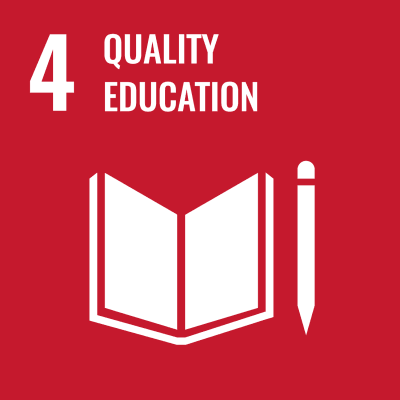-
Faculty of Science, Department of Chemistry
- Professor
- Masanori YAMADA
- Research Field
Biopolymer
- Keyword(s)
DNA, Environmental material, Enegry material. Bioplastic
- Research theme
-
- Removal of harmful compounds by DNA
- Preparation of environmental material consisting of biopolymer
- Utilization of biopolymer as anhydrous proton conductors
- Preparation of bioplastics consisting of sustainable materials
Outline of research activities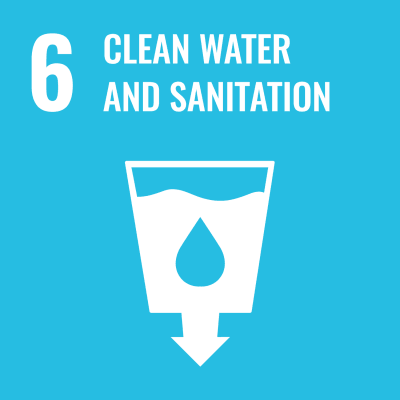
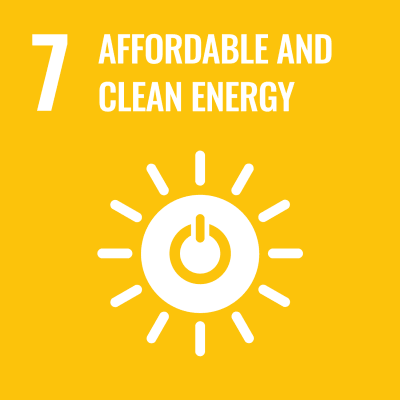
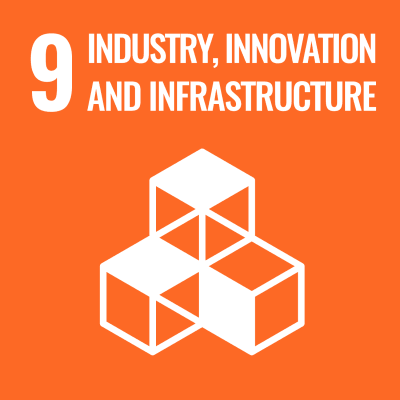
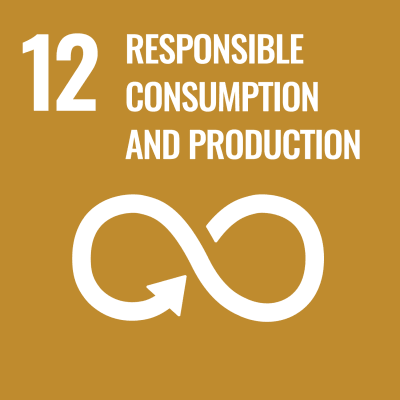
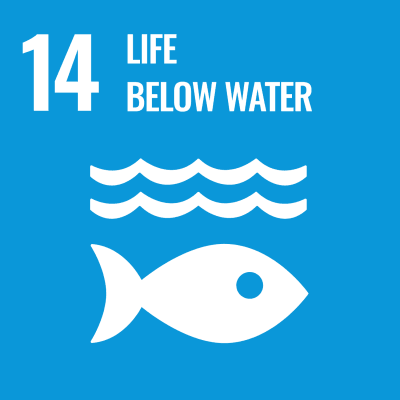
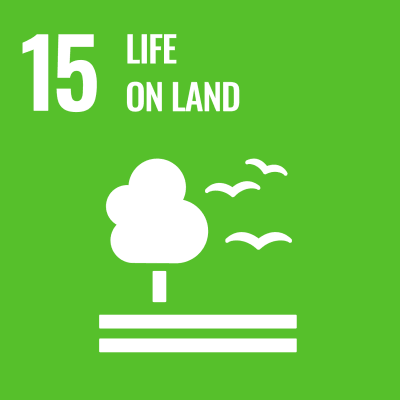
Salmon milt, defatted soybeans, crab and shrimp shells, and cowhide have been discarded as an industrial waste around the world. Therefore, DNA, soy protein, chitin/chitosan, and collagen, which are obtained from these materials, are sustainable resources. Our research using sustainable resources is as follows; 1) removal of harmful organic compounds; 2) selective accumulation of metal ion; 3) development of anhydrous proton conducting material; and 4) development of bioplastic with the biodegradable property.

- Desired cooperation
-
- Development of environmental material
- Development of anhydrous proton conducting material using biopolymer
-
Faculty of Science, Department of Chemistry
- Professor
- Takashi YOKOYAMA
- Research Field
Analytical chemistry, Separation science, Environmental analysis
- Keyword(s)
Flow analysis, Separation material, Analytical reagent, Chromatography
- Research theme
-
- Development of new selective analytical methods using flow injection analysis (FIA)
- Development of new separation and analytical methods using liquid chromatography (LC)
- Separation and analysis of dissolved organic compounds in natural waters
- Development of new separation materials
Outline of research activities


On the basis of FIA and LC in analytical methods using a liquid flow as much as possible to concern for the environment, we have studied to develop separation materials using carbon microparticles, analytical reagents specifically reacting with organic compounds, separation and analytical methods of dissolved organic compounds and bacteria in natural waters, a nano-LC which can separate and analyze an analyte in a sample volume of 1/1000000000 liters using a liquid flow volume of 1/1000000 liters, and separation and analytical methods using a self-reaction of sugars and amino acids.

- Desired cooperation
-
- Development of analytical methods using FIA
- Development of separation and analytical methods using LC
- Development of analytical methods for natural water samples
- Development of automatically analytical methods
-
Faculty of Science, Department of Chemistry
- Lecturer
- Daisuke KAWAMOTO
- Research Field
Analytical Chemistry, Inorganic Chemistry
- Keyword(s)
Spectroscopic Analysis, Solid-Liquid Interfacial Reaction,Electronic State Calculation
- Research theme
-
- Migration behavior of elements in hydrosphere
- Elucidation of mechanism of solid-liquid interfacial reaction
- Elucidation of driving force for adsorption of dissolved species
Outline of research activities



I’m working on migration behavior of elements in hydrosphere from a chemical view.
【Elucidation of mechanism of solid-liquid interfacial reaction】
One of the factors affecting migration behavior of elements in environment (especially in hydrosphere) is “adsorption of dissolved species on soil”. In recent years, it has been reported that various reactions to the adsorbed species occur. I’m trying to elucidate the mechanism of the reaction.【Elucidation of nature of dissolved species in hydrosphere】
The dissolved species in hydrosphere is complex because several dissolved species coexists. I’m trying to elucidate the nature of the complicated dissolved species with theoretical calculation.- Desired cooperation
-
- Characterization of compounds using XA spectroscopy
- Migration behavior of elements in hydrosphere
- Solid-liquid interfacial reaction
-
Faculty of Science, Department of Zoology
- Associate professor
- Atsushi NAKAMOTO
- Research Field
Animal Ecology, Behavioral Ecology, Conservation Science
- Keyword(s)
Fieldwork, Wildlife, Ecosystem services, Biocultural diversity
- Research theme
-
- Ecology of flying foxes
- Animal-plant interactions (seed dispersal and pollination)
- Ecology of urban wildlife
- Distribution and ecology of mammals in Okayama Prefecture
Outline of research activities



We focus on the ecology of wild animals, including endangerd species, and their function in the ecosystem using direct observation or research tools such as camera trap. We explore better conservation methods and way for a sustainable coexistence with people.

- Desired cooperation
-
- Ecological survey and conservation activities of endangered animals
- Wildlife management
- Citizen science
- Research on biocultural diversity (collaboration with cultural anthropology and folklore)
-
Faculty of Engineering, Department of Architecture
- Professor
- Kazuhiko SAKAMOTO
- Research Field
Environmental Engineering, Building Services Engineering
- Keyword(s)
Environmental Planning, Building Services, M&E Engineering Design, Energy Conservation
- Research theme
-
- Study for the New Design method of Water Supply System based on the Dynamic Calculation Method of the Water Supply Demands
- Research on Optimization of Indoor Thermal Environment
- Study fot the most Suitable Operation method about Building Services
Outline of research activities




 One of the important roles of the Building Services Engineering, the follow things must be compatible.
One of the important roles of the Building Services Engineering, the follow things must be compatible.
· Building comfort environments for users.
· Adopting energy conservation techniques for the global warming-control measures.
Air Conditioning System : Explaining the effect of natural ventilation by the Computational Fluid Dynamics program.
Plumbing System : Recently, the follow things are realized.
· Water consumption decreases by using water saving plumbing fixtures.
· Booster pump systems increse.
Therefore, I explain the instantaneous flow rates and study the new design method for water supply system.
- Desired cooperation
-
- Development of the new water supply system
- Energy conservation chek of Building Services
- Development of practical use methods of renewable energy
-
Faculty of Life Science, Department of Bioscience
- Professor
- Jun NAOHARA
- Research Field
Environmental analytical chemistry, Water processing technology, Ultimate analysis
- Keyword(s)
Advanced Oxidation Process, Toxic element, Ultraviolet rays processing, ICP-MS
- Research theme
-
- Decomposition of environmental polluted material by AOP method.
- Ultimate analysis of the biospecimen and environmental sample by ICP-MS.
- Water processing technology development with the excimer lamp.
Outline of research activities

· We establish a water processing technology with the excimer lamp which does not include mercury. We perform the characteristic evaluation of the new source of light and consider whether we are established as a substitute new technology.
· The element concentration of human hair living in the same area and element concentration in water to drink are measured by ICP-MS. We examine relationship between toxic element concentration in hair and water element concentration.
· The production distinction of the farm products by stable isotope ratio analysis and the trace element analysis and marine products is studied.
- Desired cooperation
-
- Technology development of the treatment of environmental pollution material.
- Ultimate analysis of the environmental sample and biospecimen.
-
Faculty of Life Science, Department of Bioscience
- Professor
- Koji MATSUURA
- Research Field
Physiology, Microfluidics,Assisted Reproductive Technology (ART)
- Keyword(s)
Sperm selection, Early embryo cluture, Mechanobiology
- Research theme
-
- Paper-based devices for sperm motility analysis (See below)
- Development of dynamic embryo culture systems
- Energy metabolism in mammalian sperms
- Microfluidic cell separation
Outline of research activities

We have demonstrated an inexpensive and easy-to-handle device for monitoring mammalian sperm motility made by patterning a piece of paper and measuring the activity of a specific enzyme. After applying semen to the hydrophilic center circle of the patterned paper, a tetrazolium-based colorimetric assay data can be used to help estimate the percentage of motile human sperm (sperm motility) in semen based on the character that motile human sperm moved in and on the paper.
(Matsuura et al. 2014, 2017, 2019)
- Desired cooperation
-
- Clinical application of developed microfluidic devices for ART Mulicenter clinical studies
- Microfluidic device application for cell handling
-
Faculty of Life Science, Department of Bioscience
- Associate professor
- Atsuhito KUBOKI
- Research Field
Synthetic organic Chemistry, Bioorganic chemistry
- Keyword(s)
Organic reaction, Enzymatic reaction, Bioactive compound
- Research theme
-
- Development of Development of new synthetic methodologies of ο-quinones
- Studies on chemo-enzymatic processes for fine chemicals
Outline of research activities


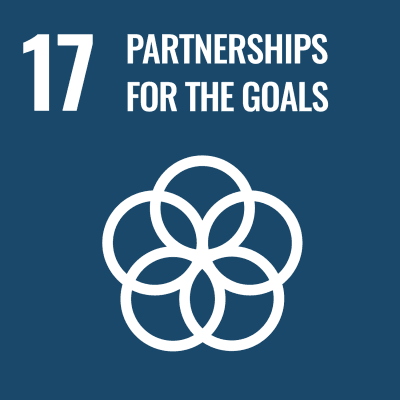
Our group is interested in developing new synthetic methodologies to enable synthesis of biologically active natural compounds and their derivatives in environmental friendly manner. As such manners, we have developed metal-free regioselective cycloaddition of highly reactive o-quinone to form 1,4-benzodioxane and a procedure for construction of benzene ring from o-quinone and terminal alkynes through cycloaddition and photo-decarboxylation. We have also reported concise synthetic route to KDO, a kind of carbohydrate, including elimination of cyclic sulfite as a key step. By collaborative research with a company, functional monomers for dental adhesive resin cements have been developed.

- Desired cooperation
-
- Development of fine chemicals by analogue synthesis
- Partial modification of lead compound
-
Faculty of Life Science, Department of Bioscience
- Lecturer
- Msamitsu MIYANAGA
- Research Field
Environmental dynamics, Environmental ecology
- Keyword(s)
Aqueous Environment, Persistent Organic Pollutants, Fields Research
- Research theme
-
- Measurement of environmental pollutants in western Japan area of sea
- Infulueence of a heavy metal to a creature
- Elution of organic matter and nutrient salts from the bottom sediment of Lake Kojima
Outline of research activities

We are investigating the dynamics of polycyclic aromatic hydrocarbons in the Seto Inland Sea and other areas of western Japan. In addition, clarifying the mechanism of contamination of Lake Kojima, we are conducting water quality surveys of Lake Kojima and elution experiments of organic matter and nutrient salts from the bottom sediment. We are also investigating the effects of chemical substances on the properties of aquatic organisms.

- Desired cooperation
-
- Sampling and analysis in the dynamics survey of environmentally hazardous substances
-
Faculty of Veterinary Medicine, Department of Veterinary Medicine
- Associate professor
- Hidekazu TAKAHASHI
- Research Field
Environental health, Public health
- Keyword(s)
Environmental Microbes, Pollutants, Data analysis
- Research theme
-
- Microorganisms and pollutants in water and soil etc.
- Analysis of disease data, public data, etc.
Outline of research activities




We mainly conduct research related to environmental health. We are working on microorganisms, viruses, contaminants, etc. that exist in water and soil. We also aim to search for useful microorganisms that can contribute to solving environmental problems. We also conduct research using epidemiological and informatic methods.
- Desired cooperation
-
- Instrumental analysis
-
Faculty of Veterinary Medicine, Department of Veterinary Medicine
- Lecturer
- Kei HAYASHI
- Research Field
Parasitology, Veterinary Parasitology, Phylogeny
- Keyword(s)
Parasite, Trematode, Cestode, Nematode, Helminth
- Research theme
-
- Relationship between the parasite evolution and their host.
- Parasite dynamics, pathogenesis and morphological and molecular characters.
- More usuful diagnosis and identification methods for parasites.
Outline of research activities





I analyze influences of biogeographic phenomena such as evolution and migration of host animals on parasite distribution or population using molecular phylogenetic analyses. I’m also conducting research on the mechanisms of migration and pathology of helminths in their host.

- Desired cooperation
-
- Experimental biological research of parasitic helminths.
- Biogeographic study of host livestocks and wild animals.

